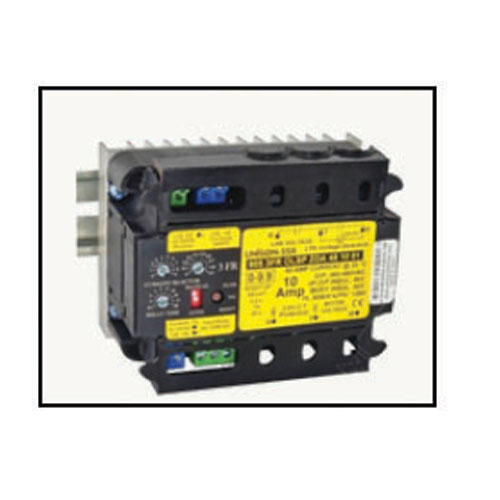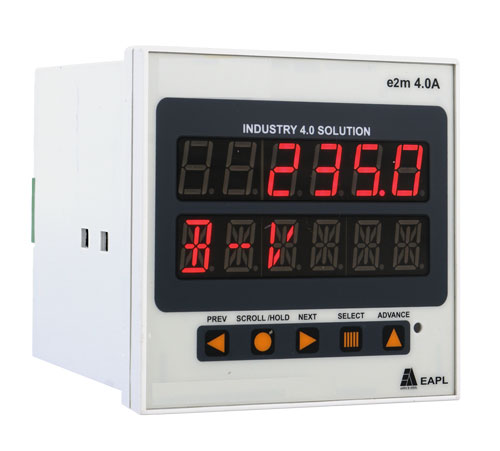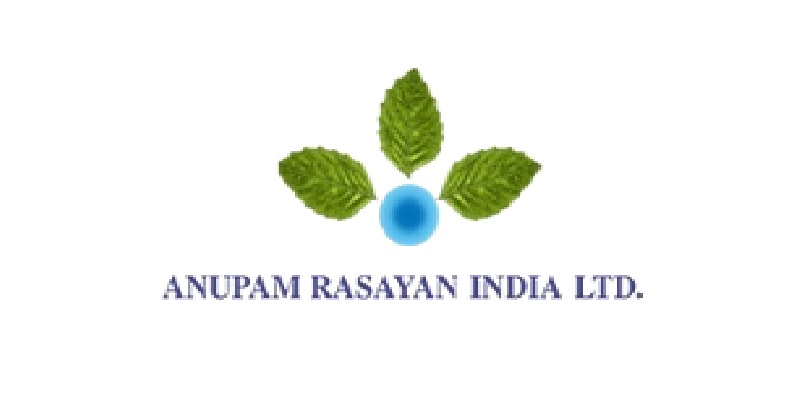Schedule a Call Back
Growth of Small and Medium Enterprises
 Technical Articles
Technical Articles- Jan 16,13

In the last 55 years, the small enterprise sector has emerged as a vibrant and dynamic sector of Indian economy. It has vast potential. Lot of scope exists for improvement in productivity, efficiency and competitiveness. The small enterprises will have to upgrade their technology and modernise, adopt modern marketing, management practices and improve the quality of products.
Today, there are about 3 million small industrial units which manufacture a wide variety of about 8000 different kinds of products. The items which play a dominant role in terms of export are readymade garments, leather products, marine products, engineering goods and basic chemicals.
Government Support
Government has increased investment limit for small scale industries (SSI) from Rs 60 lakh to Rs 3 crore and that for tiny enterprises from Rs 3 lakh to Rs 25 lakh. There is no official definition for medium sized enterprises. Small scale industries comprise modern and traditional industries. Credit dispensation is controlled by Small Industries Development Bank of India (SIDBI), commercial banks, co-operative banks and state financial corporations. The sector produces a wide range of about 8000 products.
Government has launched five national programmes of cluster development with UNIDO's assistance covering products such as toys, hand tools, machine tools and locks. Out of over 380 important clusters as per UNIDO, which exists in this field, the Ministry of Small Scale Industries has already completed studies in respect of 25 clusters covering product lines like bulk drug, fruit processing, foundry, pottery, perfumery, aromatic plants, auto components, diesel pumps, brass metal works and jewellery.
Flexible Production
From joint manufacturing set-up where everything is done in-house, most of the large manufacturing companies are switching over to flexible production system, in which most of the components are manufactured in small ancillary units. The introduction of micro electronics, particularly in the flexible manufacturing systems and computer aided design, will increase the global competitiveness of small and medium hitech firms.
New and rapidly growing industries like computers, software and biotechnology are characterised by the existence of a large number of small firms from where inventions and half formed innovation arise. In southern and western India, a large proportion of small firms tend to be owned by persons with technical background.
Employment Generation
Employment in SSI sector is generated in two forms as under:
- Autonomus (growth related) wherein every new SSI set-up provides employment to entrepreneurs, skilled semiskilled and unskilled workers.
- Induced (programme related) through specialised employment generation programmes like Prime Minister's Rozgar Yojana and Rural Employment Guarantee Programme.
The process of change has been catalysed in recent years due to macro economic transformation taking place both domestically and globally. Large number of entrepreneurs are first generation entrepreneurs and quite a significant number is accounted by technocrats, skilled manpower, scientists and ex-government personnel who are ready to change the work culture. Many of them are IT proficient and have branched to newly found areas such as biotechnology.
Industrial Entrepreneur

Small and Medium Enterprises (SMEs) are promoted, managed and run by individual entrepreneurs in the private sector. SMEs should be promoted by new breed of qualified engineers and entrepreneurs in new science-based hi-tech areas. Small scale units act as training ground for entrepreneurs. The skill and knowledge gained by the experience in small enterprise can be used to transform into a big one. This stimulates growth of industrial entrepreneur. There will be more opportunities for small entrepreneurs in business and service sectors than in the industry sector in future partly because of economic liberalisation and partly due to development of sectors like information technology.
International Trend
In developed economies like the USA and Japan, there are policies for substantial support to SMEs covering financial, technical, marketing and export. In Japan, SMEs play a significant role. 51.8% of the total exports of Japan emerge from SME sector. Based on the experience of the developed and developing economies, the small and medium enterprises can sustain, grow and contribute significantly to the future economic development and employment creation. Subcontracting is widely practised in Japan and it is a major source of strength for competitiveness of Japanese industries against American and European counterparts. About two thirds of SMEs in Japan have been involved in subcontracting.
Vendor Development
The heightened growth of the 1980s was particularly conducive to the growth of subcontracting in the west and south and to a limited extent in the north of India. Vendor development as a strategic option emerged in some of the dynamic engineering firms in these areas.
Subcontracting from large firms, as a mode of organisation has not developed as much as it should have. In comparison to Japan or Taiwan, the need in India is much larger since small firms have cheap labour. In areas with relatively high growth for example in Delhi, Bangalore and Pune, subcontracting has seriously began. In region of marked slow growth as in Kolkata, instead of subcontracting it is merchant capital medicated relations between small and large firms that has emerged.
Industrial District
Cluster development as a strategy of economic development is a new concept in India. Clustering as an engine of growth was noticed internationally in the well networked clusters (usually referred to as Industrial districts) in developed countries. Clusters could be in existence based on locations or it could be induced i.e., created by deliberate programme such as the IT sector in Bangalore, Hyderabad, Gurgaon and Noida. Examples of historical clusters are- ceramic pottery at Khurja, leather garment at Chennai, hoisery at Kolkata, brass at Moradabad, woollen hoisery at Ludhiana, knitwear at Tirupur and glass at Ferozabad. Clusters have the advantage of economies of scale and are capable of improving the quality and cost to suit global needs.
Global Market
The world is undergoing technological revolution touching every person. Telecommunication encompassing telephones, televisions, computers and consumer electronics will be the driving force and creating huge global economy. SMEs have formidable challenge before them to change with the changing technologies and making their operations efficient and globally competitive.Small scale sector which is contributing about 40% of total export has the resilient strength in the following areas for boosting export:
- Computer Software
- Auto Components
- Leather Products
- Pharmaceuticals and Chemicals
- Light Engineering Products
International co-operation among SMEs is important for development of small enterprises. SMEs in India or elsewhere are no longer local and have gone global. Indian SMEs can offer technology to other countries in areas of textiles, garments and electronics. To upgrade technology, government has set up tool rooms, regional testing centres, production development centres and workshops in small industries service institutes.
The umbrella of world trade organisation (WTO) is likely to create far reaching implications for small enterprises in India, specially with regard to their competitive ability and integration with the global markets. WTO will affect all types of small enterprises whether producing for domestic market or for the international market.
Conclusion
Small and Medium Enterprises (SMEs) serve a number of economic and social objectives. They require low level of capital investment per unit of output, use local skills of artisans and meet local demand for variety of products. SMEs during the last four decades has demonstrated that they do have capabilities as well as resilience to survive global competition. The import substitution programme that continued without any dilution into 1970 and 1980, was fertile ground for the development of small firms. As those products with reasonably sized markets had been import substituted by domestic productions, either in private or public sectors, the left over items with small and distributed markets, sometimes uneconomical markets, were taken up by small firms.
References
- Small and medium enterprises in global perspective by C S Prasad
- Small and medium enterprises by J S Juneja
- Growth and transformation of small firms in India by S Morris, R Basant, K Das, K Ramachandran and A Koshy
Related Products

Three Pole, Numerical, Non-directional 3 O/c or 2 O/c+1 E/f Relay With Inst. Highset
JVS Electronics Pvt Ltd offers a wide range of three pole, numerical, non-directional 3 O/C Or 2 O/C+1 E/F relay with inst. Highset JNC 066/JNC 066P.

Ph Fwd/ Rev Motor Protection Ssrs
Insys Electrical & Controls offers a wide range of PH FWD/ REV motor protection SSRs.

Multifunction Meter With Event Counter
Electronic Automation Pvt Ltd offers a wide range of multifunction meter with event counter - model-E2M 4.0A















